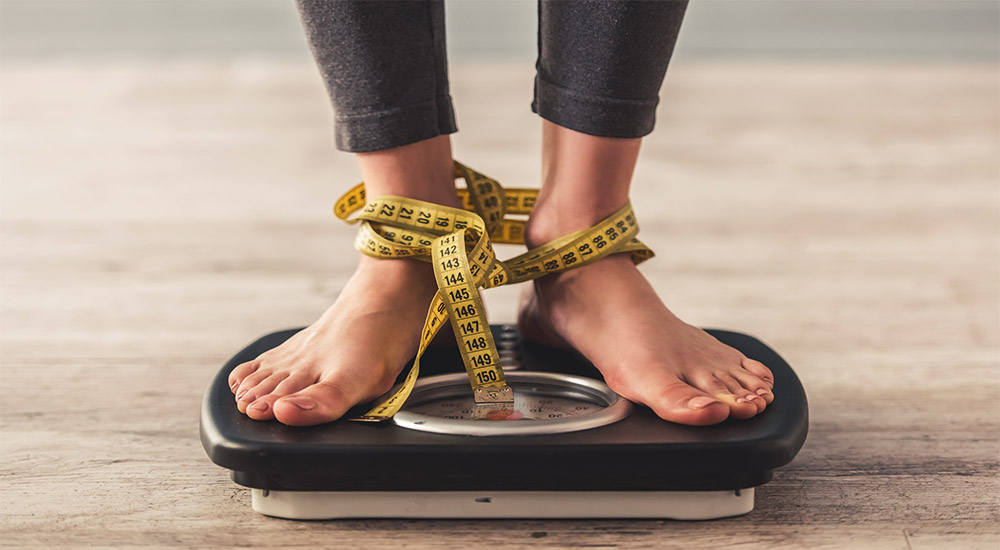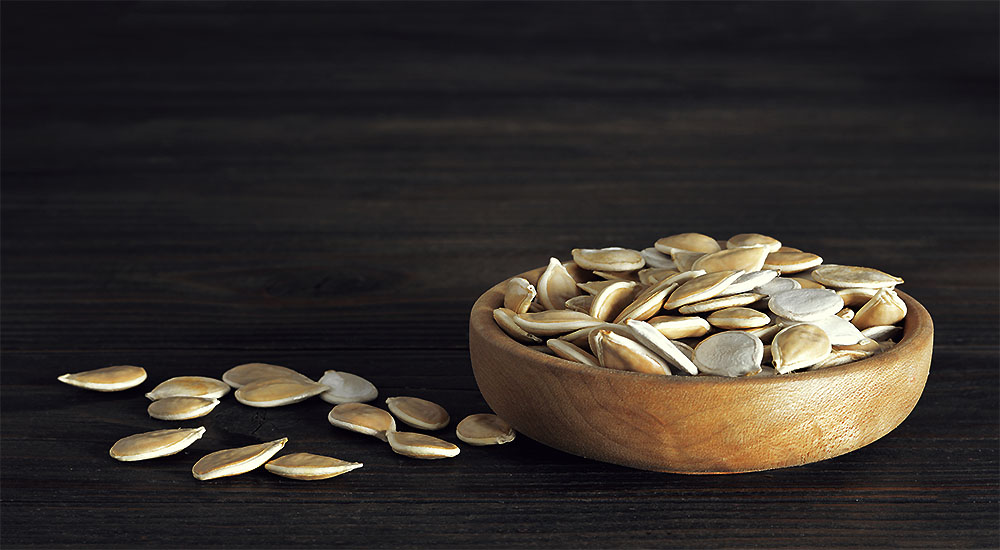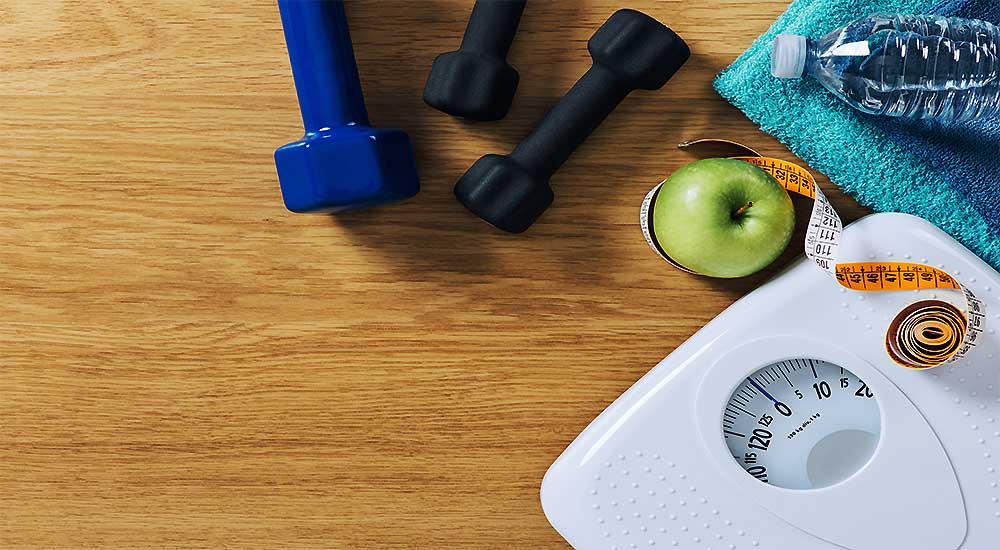All You Need to Know About Weight Loss

All You Need to Know About Weight Loss
Happy New Year! If you are like many individuals who make New Year’s resolutions, you have likely made a resolution to lose weight, get healthier, more fit, or all of the above! If you did, you’re in good company and what you’re desirous of getting accomplished is a very smart thing to do for yourself.
Overweight and obesity cause many of the health complaints and diseases suffered by Americans. Whether the scale says a number you don’t like, or your body fat percentage is too high, or you just don’t feel right, you are part of the majority of our population who is being hindered by too much fat, too much inflammation, and suffering from, or close to developing, degenerative diseases such as heart disease, diabetes, cancer or autoimmune disease. This is shortening people’s lives, escalating healthcare costs, and causing a lot of misery.
I have put a lot of time and thought into what I’ll be sharing with you in this post. Having seen so many patients over the past two and a half decades, I know what it takes to restore a body to good health.
The good news is we DO know what it takes.
The better news is that it’s not difficult.
The best news is that the human body is designed to repair itself and when you do the right things for it, it does get well.
So what’s the bad news? There isn’t any really. Other than point number one perhaps. But let’s get into the list itself.
Ten Things You Need to Know (& Do!) to Lose Weight
1. Decide! Sounds simple but there’s a difference between “wanting” something and truly “deciding” to do something about it.
Let me use myself as an example. Anyone looking at me would consider me of a healthy weight, thin even by today’s standards. But I knew that during the past year or so I had gained some belly weight. I could feel it in my clothes, I could feel it when I bent over and most importantly, I know that belly weight is unhealthy, so that really bothered me. Yes, it was only about 4 lb., such a small number that many would scoff at it. But I practice what I preach and that extra inch or two around my midsection had to go.
It came on during a period of time where I was involved in a project for my church to purchase a new building. It was a huge project, about $10 million, and I worked on it every day. For about 2 years I rarely took a day off and because I was working as a doctor during the day, it involved all my evenings and weekends.
Dinner time was therefore very late each night and I was doing exactly what I caution patients against – eating late and going to bed. Well when you get home at 9:15 or so and still have to make a healthy meal, what choice do you have? I continued to eat well and exercise but the major change was eating late and lots of stress.
One thing I did notice was many of my successful habits that helped me to maintain a lower weight were slipping. I ate fast; I noticed I was eating more; and I started to “stress eat”, something I’d never done before.
While I noticed these changes, I didn’t instantly handle them. It took a little time to come to grips with the change in my waistline, the change of habits and then deciding to do something about it.
The decision was made with my husband (he was involved in the project too and he also had gained a few pounds in the belly) and we embarked on a juice cleanse for 4 days. And herein lies another point that is helpful for many – making a lifestyle change with someone who supports you and does it with you can make the job easier. Even if they don’t make the changes themselves, if you can find someone in addition to your doctor who will support and act as a cheerleader for you, it can really help.
I’m not saying you need to do something as drastic as a cleanse, but it did have some benefits. Sometimes doing something a little drastic can reset some habits more easily than a slower transition.
Did you know we have a new employee, an R.N. who has joined us specifically to help our patients with healthy food transitions? We are very excited about this new service. She is trained in functional medicine, healthy cooking, and can walk you through the exact steps needed to switch you over to a healthy diet.
Whether it’s how to cook, shop or hire someone to do it for you, this new service is tailored exactly to what you need to successfully change your diet and lifestyle to regain your good health. We know you’re busy – that’s why we added this service.
2. Drink a lot of purified water! What’s “a lot”? Half your body weight in ounces of water is a good start. One nice thing about a cleanse that involves juices is that you have no choice but to drink a lot of fluid. It keeps you full, mostly, and you really get to see what it feels like to get re-hydrated.
It is true that many Americans are dehydrated and this simple step would not only cause them to feel a lot better, but it would help to shed some pounds. Once you read this whole post, decide on maybe three items that you don’t do well or would like to try and adapt them for 3 to 4 weeks.
3. Eat slowly. This is a big one! There are so many problems created by “inhaling” your food, the biggest one is that your stomach takes about 20 minutes after you start eating to realize how much you’ve eaten and then send the message to the brain that the stomach is full. This means that if you eat in a time-frame of under 20 minutes, you can very easily overeat. The second reason to not eat quickly is that you aren’t adequately chewing and therefore digesting the food that you’re eating. A rapidly consumed meal often occurs due to being in a rush or stressed, also not a healthy environment for digestion.
One trick to practice is when you begin eating, try taking small bites, almost nibbles of food, and chew them slowly. Those first few bites can set the pace for the rest of the meal and actually cause you to taste your food more fully, adding to the enjoyment of the meal. Go to a restaurant or perhaps just observe your family and you’d be amazed to witness the speed at which some people “shovel” in their food.
I remember the first time I heard the expression “mindful eating”. It took me a moment to decide what it meant but as soon as I contemplated the opposite – “mindless eating” – it became abundantly clear. I find that when I sit down to a meal and take a moment to decide that I will eat slowly and take small bites, I notice when I’m no longer hungry and am able to stop eating easily before I get full.
The goal is to stop eating when you’re no longer hungry vs. when you’re stuffed. You will shrink your stomach size in a matter of a few days and it will become easier to eat less because you’ll feel full sooner. This is a big distinction and one you’ll only fully appreciate once you eat slowly enough to decipher the difference. A meal consumed quickly will have you sailing right by “no longer hungry” and smack dab into “why did I eat so much” before you know it.
4. Take stock of “why” you’re reaching for food. If you’re a “snacker” and especially one who eats while doing other things, you’re going to have to pay attention to why you are eating. Are you truly hungry or are you bored, anxious, stressed, or some other emotion? If it doesn’t make sense that you should be hungry based on when you last ate, it’s possible you are eating for a reason other than hunger. This is a bad habit and the only way you’ll get past it is to make some rules about how and when you eat.
Some suggestions I give to my patients are as follows: Try eating as a sole activity. Prepare your food and then sit down and eat it while not doing anything else. Enjoy conversation with another diner, but don’t eat while working, watching TV, etc.
Don’t have food within easy reach of your computer, work area, or TV. A bowl of candy, nuts, or a bag of chips that sits out begging for you to dive in is a recipe for disaster and will sabotage your weight. Not only are such foods unhealthy, but ensuring all food remains in the kitchen until it’s served at the table will be a great help.
If you do feel bored or frustrated and just can’t seem to shake the need for something, consider a cup of hot tea with a little stevia or honey. Make a promise to yourself that you’re going to enjoy a healthy beverage of your choice and then assess if you’re still desirous of eating. If so, avoid all refined foods containing sugar or simple flours – in other words, stay away from all refined, prepackaged, pre-prepared items. Instead, try some olives or a 1/3 of an avocado. A food containing good fat will satisfy you rather than leave you craving the way a simple carbohydrate or sweet food will.
Consider making a big salad with a variety of ingredients. Not just lettuce, but include red cabbage, green onion, cucumber, carrot, some seeds, and a light healthy dressing. The bulk and fiber in such a salad will leave you full for hours. [We have dressing recipes here.]
5. Serving size is very important. Start by consciously serving yourself about 1/3 less food than you’d normally eat. I’ll bet you that if you follow the tips we’ve reviewed so far, you’ll be surprised that you’re truly not hungry when you complete your meal.
As part of this exercise, leave a little food behind. I’m not suggesting for you to be wasteful, and perhaps it’s just a bite, but consciously leave a little something on your plate. Add the leftover bite to your lunch for the next day, if you’re like me and you make extra for dinner to provide the next day’s lunch for family members.
6. Don’t allow yourself any second helpings. It’s a decision and it gets back to the “mindful eating” mentioned earlier, but do make the decision of how much food to serve yourself and further decide that you won’t go back for more. You may think you want more at the end of the meal, especially if you haven’t followed some of the recommendations we’ve already reviewed. The solution to this is to look at the clock and wait 15-20 minutes. If you’re still truly hungry after that period of time, I would be surprised. If so, try the healthy beverage tip we’ve already mentioned.
The quantity of food on your plate can become a challenge at a restaurant where they often serve twice what any adult should consume, but I have a good tip for this problem as well. Ask for a to-go container when your meal arrives. Consciously take off your plate anything in excess of what you would serve yourself at home. Place it in the to-go container and make the decision that it’s for another meal. Now you won’t be tempted to overeat.
7. Do a cleanse. There are many types of cleanses and if you want one prescribed by a doctor, we are happy to assist you with that. A 3-4 day cleanse has several benefits: You will feel what it is to be truly hungry vs. bored, anxious, frustrated, overwhelmed, or any other emotion that might typically have you reaching for food. On a cleanse you’ll come to realize that it doesn’t take a lot of nourishment to take away your hunger and you’ll also appreciate that feeling a little hungry won’t kill you. A cleanse is a good “reset”. You’ll shrink your stomach and further, you’ll appreciate what good nourishment feels like to a body that is truly hungry and ready to eat.
The idea isn’t to starve yourself or feel ill or weak as the result of a cleanse, but rather to veer away from some of your “bad habit” foods and embrace a healthy, predominantly liquid, diet that has the added benefit of taking a lot less time and effort when planning what you’re going to eat. One I did recently had me a bit spoiled. Even though I love to cook, the simplicity of drinking something already prepared every two hours was a bit addicting. The only thing I had to think about was to drink the next bottle in two hours. It freed up a lot of time in my day.
8. Take into account with whom you live and their eating habits. As an example, do you live with large men with large appetites who seem to “eat all the time”? Even worse are teenage boys, true eating machines! If you’re a woman or a man with a slower metabolism, realize that you cannot eat the same as others around you who outweigh you or have a different metabolism or body composition. You’re not them and you cannot eat the amounts they eat.
I remember clearly the summer my youngest daughter got a bit “pudgy” as she likes to call it now. She was around 14 and she spent a lot of time with her older brother who could drive her everywhere. They spent a great deal of time together, including many meals. She’s a very small boned young lady and she likely gained about 6 or more pounds that summer. On her small frame, it was fairly pronounced. The lesson she learned was she couldn’t eat the way her 18-year-old brother ate. He played a lot of sports, outweighed her by 50 pounds, and let’s face it, was a boy with plenty of testosterone, a hormone that increases metabolism.
9. It “takes a village” to get healthy and lose weight. When you are serious about improving your health and losing weight, you need to be a bit selfish. What do I mean? You need to protect yourself from the naysayers and “friends” who like to sabotage your efforts to eat healthfully. The last thing you need when you’re trying hard to make lifestyle changes is someone close to you acting unsupportive.
You may need to have a “talk” with a friend or family member and let them know that you are seriously changing your lifestyle and you’d appreciate their support or, at the very least, their silent objection. It goes back to the old adage of “If you can’t say something nice, say nothing at all”. If your friend or family member can’t be supportive then at least they can be silent and not try to tempt you into reverting to any old, bad habits.
If you have a friend with whom you typically go out to eat at unhealthy restaurants, choose to do something else with that friend. There is no reason to tempt yourself unnecessarily.
10. What can you expect? The hardest part of this whole journey is the first few days. The first three days requires discipline and having some alternative activities you can do to take your mind off your subtly growling tummy. Personally I made a large cup of tea with a little honey and at the end of the day, I climbed into a hot bubble bath. It was relaxing, something I like to do, and it took my mind off food. Definitely try water, tea, or vegetable broth as a way of filling yourself up – it works! Or, a big salad that requires a lot of chewing!
And a little bit more…
What I didn’t include in this post, but I talk about often, are some of the specifics that cause people to crave certain things or create inflammation that thwarts weight loss. If you get hungry often or it feels like you’re always hungry and never satisfied, there is a reason. It likely involves digestive and food issues that go beyond the 10 points we’ve just reviewed.
If the food you eat isn’t the right “fuel” for you, or if your food isn’t efficiently turning into fuel, you will be hungry. That’s something we can solve. Call us for a FREE consultation – 408-733-0400.
I definitely invite you to peruse earlier blog articles and YouTube videos on food sensitivities, gluten sensitivity, dairy intolerance, digestive health, hormonal imbalance, the cause of fatigue, and autoimmune disease. There are many specifics you can learn about that will give you insight.
Finally, don’t be shy. We are here to help and would be delighted to help you regain your health this year.
Do you need help with your health?
We have the diagnostic and testing tools, the clinical experience, and a different medical approach to discovering the root cause of why you have the symptoms that are bothering you. As long as you are ready to make some dietary and lifestyle changes, we can help you. We will "hold your hand" through the changes, step by step, to make each step an easy one. We are located in Clearwater, FL, at 1000 S Ft Harrison, at the corner of Ft. Harrison Ave. and Magnolia St. There is plenty of parking space directly accessible from Ft Harrison. If it is not convenient for you to come to Root Cause Medical Clinic, we offer telehealth/telemedicine consultations to residents of certain states. Call us for details.
Contact us for a Consultation – Call 727-335-0400

Dr. Vikki Petersen DC. CCN
Founder of Root Cause Medical Clinic
Certified Functional Medicine Practitioner
Dr Vikki Petersen is a public speaker, author of two books, several eBooks and creates cutting edge content for her YouTube community. Dr Vikki is committed to bringing Root Cause Medicine and its unique approach to restoring health naturally to the world.
Ask a Doctor
Have a health concern you'd like to speak with a doctor about? Or just want clarity on a subject? Ask Us!


